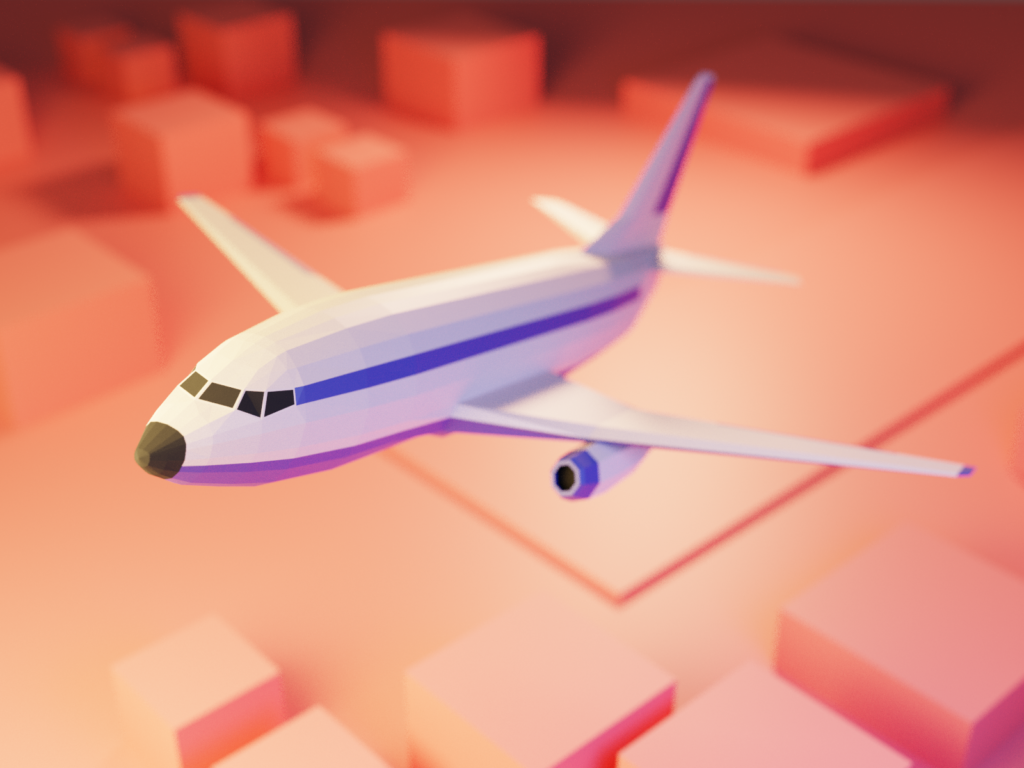Introduction – Aircraft Types
Everything that flies with the support of air is called aircraft (read aerofoil). As we all know, the introductory forces play a vital part in the dynamics of flight (read introductory aerodynamics of flight). Grounded on the experimental approach, there are numerous types of aircraft (read aircraft). The mode in men to fly gave rise to these multitudinous types of aircraft. Curious to know what they are?


Let’s dive into the 19 types of aircraft ruling the air world:
Turboprop Aircraft
This fantastic type of aircraft has a great turbine that spins the propeller of the airplane. They’re controlled by the gearbox that turns the propellers and powered by gas turbine machines. The exhaust is exhaled through the turbines.
Piston Aircraft
The propeller of a piston-powered aircraft is connected to one or further piston-powered machines. They’re machines that are powered by pistons, these are used in the early days of aeronautics and aviation. These aircraft are used for flying below the base atmosphere.
Jets
Primarily known for their speed, they fly at a speed veritably much more advanced than the usual aircraft. At the loftiest effectiveness, jets travel at the speed of sound. Hence, they’re notorious for their increased speed and effectiveness.
Jets light
The most common thrust type is the light jet. These jets are possessed by private business people. The effectiveness of these types of jets depends on the distance and luggage. It supports only featherlight and lowers distances.
Midsize jets
They’re a little bigger and faster than light jets. The lower size midsize jets are more effective than the larger types. This type of jet suits the fat community airlines due to ample space installations.
Jumbo jets
As the name suggests, the jumbo jets have a raised range of space. These types fit the longer passages and longer hauls. Eventually, I have an ultimate raised range. They have luxury and VIP exemptions.
Regional jets
The indigenous jets are used for indigenous peregrination. Substantially they’re used for lower populated areas and lower congested routes. Also called feed liners or commuters (as they feed onto larger community capitals). They’re fated for traveling to near airfields.
Narrow-body aircraft


The name comes from the fact that they have got a narrow body containing only single passenger seats.
These are narrow-body aircraft used as single-aisle aircraft due to their structure.
Most of the aircraft can be more classified as narrow-body or wide-body depending on their seating arrangement.
Narrow-body aircraft/airplanes have only one aisle seat, while wide-body aircraft have 2 or more aisle seats.
Widebody Airliners
Widebody airliners have further space for movement inside the aircraft. They’re able to accommodate 11 seats across the range. The largest wide-body airliners have 6 measure range with several chambers.
Federline, Short-haul, Regional Aircraft
The indigenous aircraft has seating for only 100 people. They can be powered using anything from turbofans to turboprops.
Commuter liners
These aircraft are used within lower metropolises as they’re used for short-haul and can carry only 19 passengers. These are light aircraft used for lighter hauls.
Airbus
These range from planes with 2 machines and 2 aisles, to 4 machines and double-deckers with binary aisles. Generally produced by European manufacturers, the common planes used by passengers come under this order.
Concorde
Noted for its iconic speed this aircraft is used in luxury and extravagance air peregrination. Yet, due to the enormous sound and inefficiency, it’s no longer functional.
Tupolev Tu-144
These aircraft have a top speed of 1200 country miles per hour. Several problems were faced that were analogous to the Concorde in operation, failed ineffectiveness and profit.
Military Aircraft
Noncombatant aircraft, marine aircraft, or cortege aircraft come under this order. These aircraft are used for surveillance, attack, and transport.
Fighter
The primary part of fighter spurts is that they’re used for combat. In particular, these are used in protective and obnoxious operations.
They’re able of loading canons, ordnance, guns, bombs, and rockets.


Water bomber
These aircraft are heavy and are used to hang over targets and drop loads. These types are designed to be heavier and larger than the usual aircraft models.
Maritime command
These types are generally used in submarines, vessels, and deliverance operations in the ocean. These aircraft have a part in long-term operations over water.
Multi-role combat
These aircraft have the part of both fighters and bombers and are used for multiple operations. They came into practice on a large scale during the world wars and served multiple purposes.
Therefore, the types of aircraft. I hope you found this helpful and intriguing. The period of the force of life in the air is still in progress. To know further about aeronautics and related blogs do not forget to check them out. Think caps and reading spectacles on. Until then, see a crewmate!
